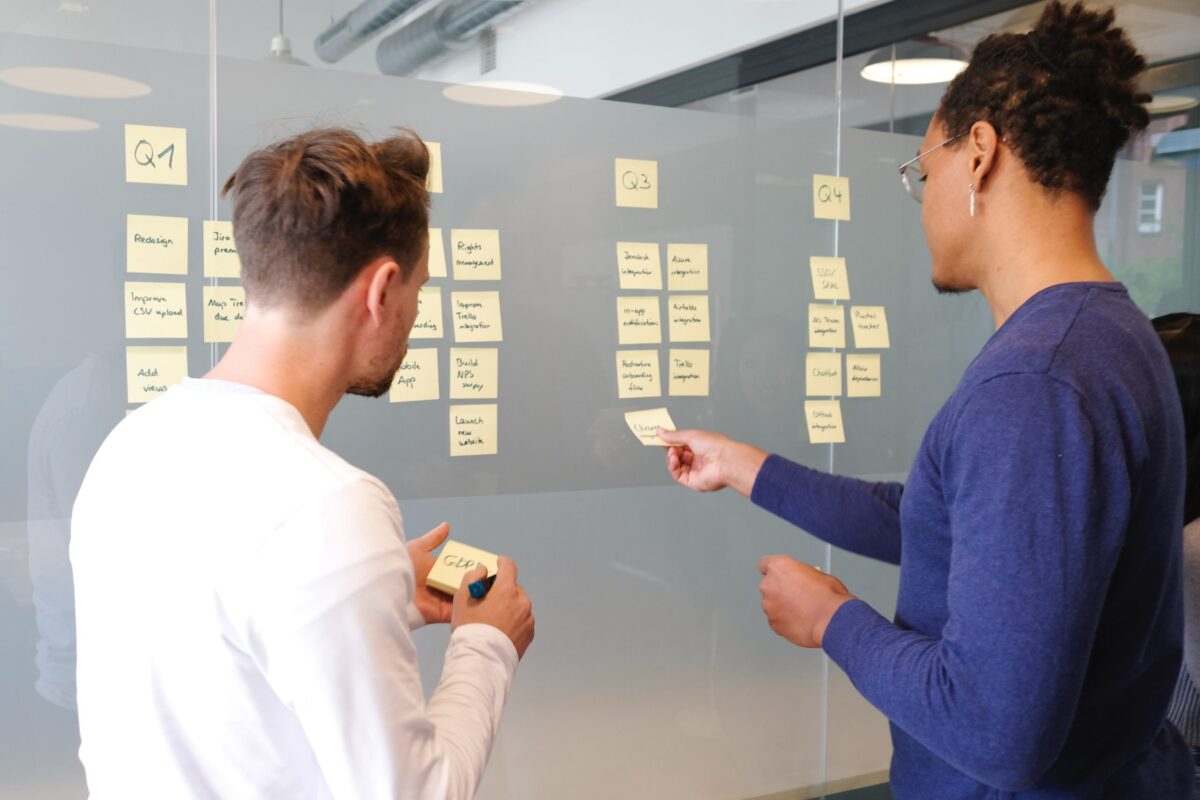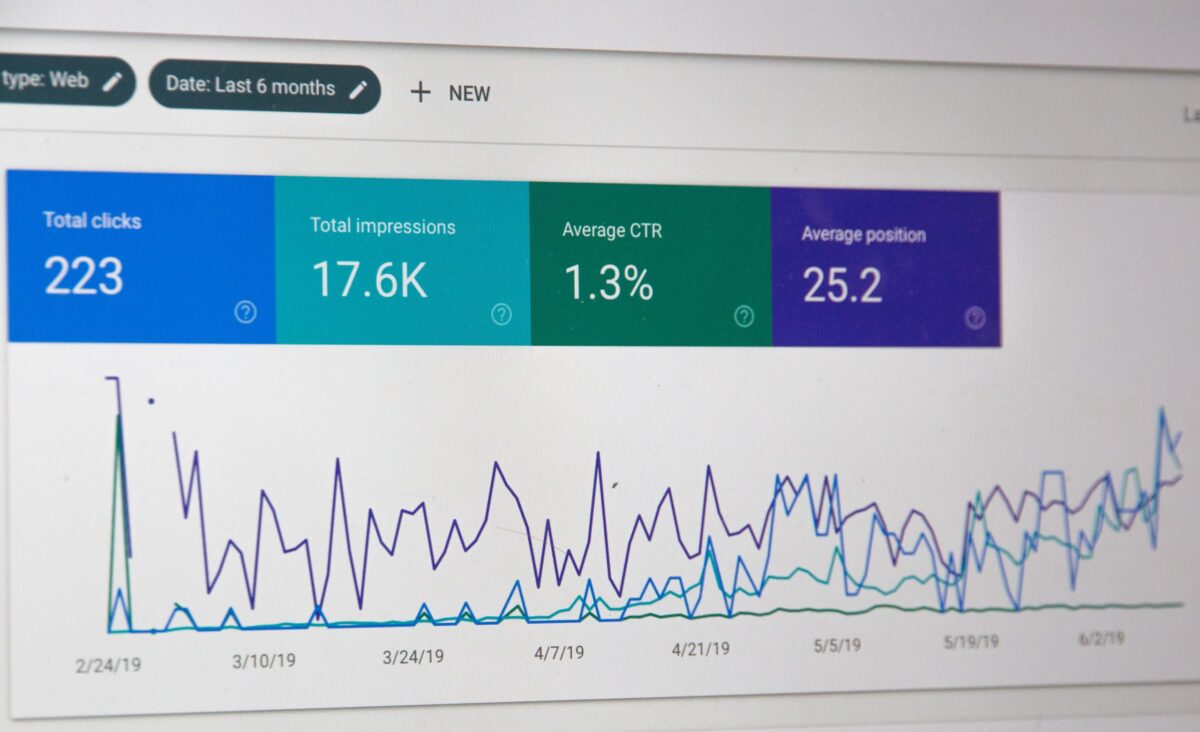
‘Growth’, ‘expansion’, or ‘buildout phase’, whatever you want to call it, is the most dangerous time for your business. But outsiders think your business has to be successful since it’s growing. Isn’t it ironic? The expansion itself can destroy your business.
Before the buildout phase, your business had finally reached its first stage of shaky sustainability. You were finally able to pay your bills, and not with investors’ money, but with your revenue—imagine that! You had finally scored a few big clients who helped you achieve positive cashflow for the first time since your launch. Your business had been built up to a point where you proved your stance in the market, and some stability did result, even if only for a little while.
Then, you realized those few big clients that you relied on and were so proud of, actually had you over a barrel. You had all your eggs in one basket. Any of those clients could dictate your terms, or even worse—they could’ve stopped buying, putting you out of business then and there. But, lucky for you, you listened to your salespeople and accountant, who agreed you were stuck in a precarious position—until you found new clients to lessen the risk of financial disruption or coercion.
Given all of that, you decided to expand! You wanted more customers so that you couldn’t be held hostage by just one customer. You chose to protect your revenue with more sources of income. But then what? You hit a wall! Just like so many other buildout companies, you were slammed with overhead and costs you never saw coming. You learned the heard way. Not about the cost of goods, but the cost of sales!
We’ve learned that sales is the number one underestimated cost in business. These costs were absorbed under “general” overhead before the expansion phase. They were spread out. But once you begin to move into new markets, these costs become more and more obvious.
You are now stuck. If you borrow cash for expansion, how long is it going to take to pay off the loan? And if you sell equity to fund growth, how much control will you need to give up? And, most importantly, what are the costs of buildout, anyway? Are they the same across all markets? Can you recognize them ahead of time? And can you cashflow your way to growth?
The implications of expansion are various. Here are 3 simple steps to survive this “Build Out or Blow Out” challenge to your company:
1. Supply. You’ll need extended terms and credit from your big suppliers. If you already have a collaborative partnership with them from your buildup phase, they’ll be more likely to extend these to you. You’ve shown sympathy for them by letting them know ahead of time if you’d be late or short on your payments. You have demonstrated and accomplished payment plans to get and stay current. You’ve shared your plans for growth on a quarterly basis. Through a long-term contract, you’ve given them the security that you’ll stay a loyal customer even after you “make it.” You’ve done these things the whole time, right?
2. Sales Cost Analysis. Your cost accountant has not only identified the cost of goods, but also the cost of sales in several different They have taught you about the probable advantages and disadvantages of specific markets. You took their advice, and created an expansion plan based on a strategy for revenue growth. You first started in the most profitable markets, because they cost the least to compete in. You and your cost accountant, together, have recognized and understood the cost of sales, and how they change from territory to territory. These include (but are not limited to) promotions, advertising, transportation, taxes, fees, representation, merchandising, customer service, discounting, presentations, and the list goes on. You wouldn’t expand into your next territory until the first one pays for itself, right?
3. Incentives and Compensation. Finally, you’ve figured out that you can’t expect expansion by paying your sales team on volume alone. In fact, you can’t really grow without an annually renewed compensation package based on new, higher goals. You understand what growth means in terms of business health and practicality, and now you’ve created a system that rewards your people for growth, reorders, and new markets. You’ve established incentives for those who aren’t on your payroll, who can foster your growth. You’ve chosen to take a smaller piece from a larger pie!
Of course, there is so much more to this tricky expansion business. Just remember to avoid over-extending yourself, grow slowly, make strategic alliances, and take note of what it actually costs to make a sale, service a sale, and keep ‘em coming. Work closely with your suppliers and a cost accountant, and follow a practical strategy so you can build out and not blow out! Remember—you can do this! Right?
For more, read on: http://c-suitenetworkadvisors.com/advisor/michael-houlihan-and-bonnie-harvey/

















